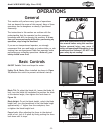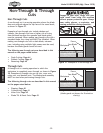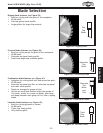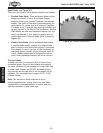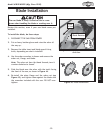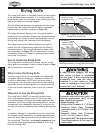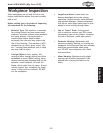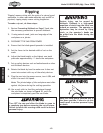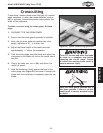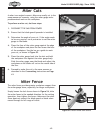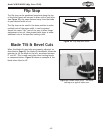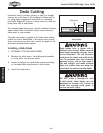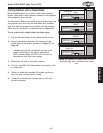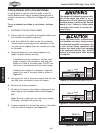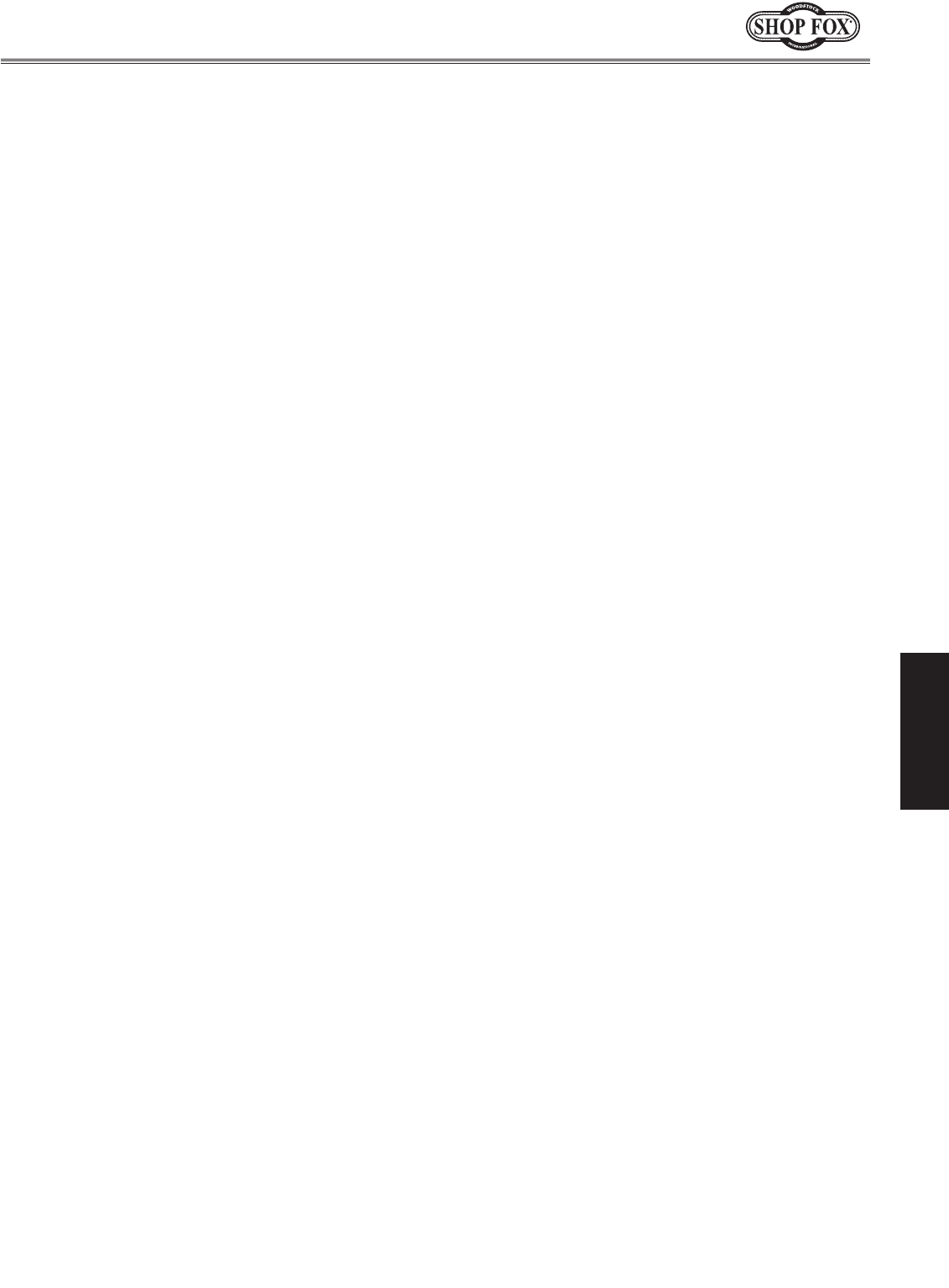
-39-
Df[\cN(/(0&N(/)'D]^%J`eZ\()&('
FG<I8K@FEJ
Nfibg`\Z\@ejg\Zk`fe
Some workpieces are not safe to cut or may
require modification before they can be made
safe to cut.
9\]fi\Zlkk`e^#^\k`ek_\_XY`kf]`ejg\Zk`e^
Xccnfibg`\Z\j]fik_\]fccfn`e^:
• Material Type: This machine is intended
for cutting natural and man-made wood
products, laminate covered wood products,
and some plastics. Cutting drywall or
cementitious backer board creates
extremely fine dust and may reduce the
life of the bearings. This machine is NOT
designed to cut metal, glass, stone, tile,
etc.; cutting these materials with a table
saw may lead to injury.
• Foreign Objects: Nails, staples, dirt,
rocks and other foreign objects are often
embedded in wood. While cutting, these
objects can become dislodged and hit the
operator, cause kickback, or break the
blade, which might then fly apart. Always
visually inspect your workpiece for these
items. If they can't be removed, DO NOT
cut the workpiece.
Large/Loose Knots:Loose knots can
become dislodged during the cutting
operation. Large knots can cause kickback
and machine damage. Choose workpieces
that do not have large/loose knots or plan
ahead to avoid cutting through them.
Wet or "Green" Stock: Cutting wood
with a moisture content over 20% causes
unnecessary wear on the blades, increases
the risk of kickback, yields poor results.
• Excessive Warping: Workpieces with
excessive cupping, bowing, or twisting are
dangerous to cut because they are unstable
and often unpredictable when being
cut. DO NOT use workpieces with these
characteristics!
• Minor Warping: Workpieces with slight
cupping can be safely supported if the
cupped side is facing the table or the
fence.



